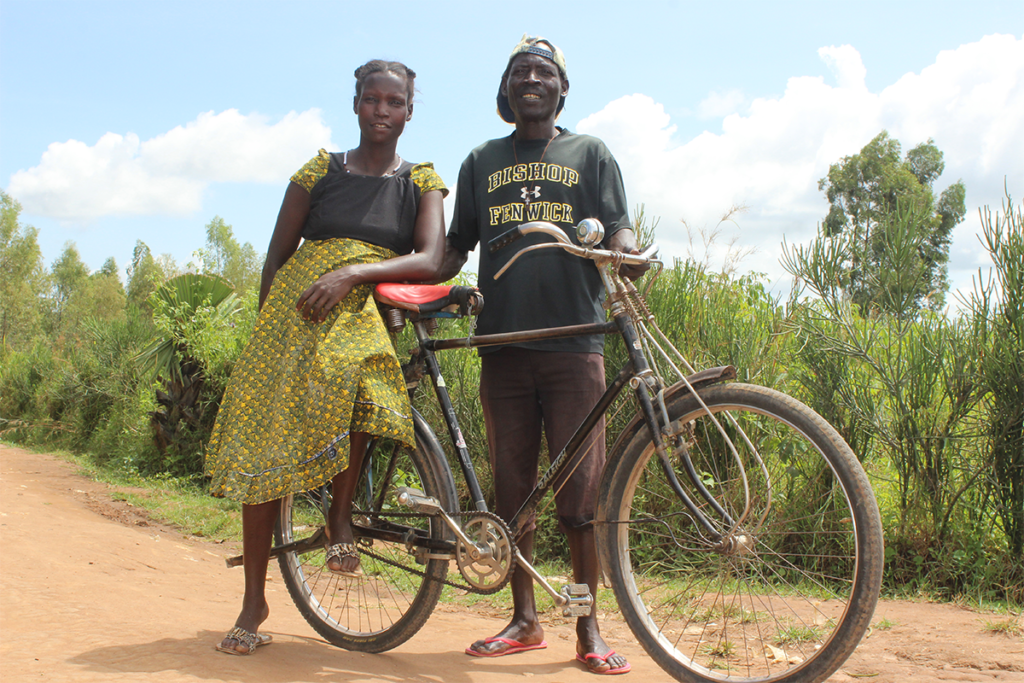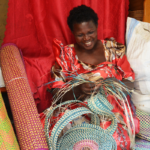Currently, there is a growing global movement and discourse towards understanding the complex notion of gender norms for development programming. My interest in this subject led me and my colleagues in Uganda to research gender norms associated with adolescent sexual behaviors. In our paper, we report that a majority of both girls and boys support gender inequitable norms. With such findings, it is evident that development practitioners need to understand the perspective and perceptions adolescents have of complex gender norms in order to design targeted gender-responsive sexual and reproductive health programs.
Why the focus on gender norms?
Given this priority, my co-authors and I agree that a critical view of gender – beyond simply capturing the numbers of females and males participating in development programs – is pertinent. However, integrating and mainstreaming gender into development programs is complex because of gender inequitable norms, often connected to multicultural divides and beliefs. Therefore, developing targeted strategies to address gender inequitable norms often requires understanding individual perspectives for contextual analysis.
What approach did we use to explore the gender norms among adolescents?
Although gender norms between women and men have been widely studied among adults in HIV and gender-based violence contexts, much less is known about the association between gender norms and sexual behaviors among adolescents in Uganda. Additionally, we don’t know whether adolescents approve or disapprove of gender inequitable norms. In our study, we sought to understand the gender norms associated with sexual and reproductive health behaviors like behavioral intention and self‐efficacy in the use of condoms, the use of contraception and the reduction of multiple concurrent sexual partnerships.
We explored the perceptions and associations on gender norms among adolescents ages 15–19 using selected items from the Gender Equitable Men (GEM) scale described by Pulerwitz and Barker (2008). The premise of the GEM scale is that any given cultural setting provides multiple versions of what is considered appropriate behavior for women and men.
Although the GEM scale contains 34 items that have been validated and used in different contexts among both women and men, our study adopted 16 items from the gender inequitable norms sub-scale that were sub-grouped into four items:
- Domestic chores and household decision-making, which describes statements like: a man should have the final word about decisions in his home and a woman’s most important role is taking care of her home and cooking for her family.
- Sexual relationships/habits, which describes statements such as: men need sex more than women do, men are always ready to have sex, and it is the man who decides what type of sex to have.
- Reproductive health and pregnancy and disease prevention, which describes statements like: it is a woman’s responsibility to avoid getting pregnant, women who carry condoms on them are “cheap”, and I would be outraged if my wife asked me to use a condom.
- Physical violence, which describes statements such as: there are times when a woman deserves to be beaten, a woman should tolerate violence to keep the family together, and it is okay for a man to hit his wife if she won’t have sex with him.
Through a cross-sectional survey using a stratified multi-stage probability sampling design, we collected data from 447 adolescent girls and 420 adolescent boys. We asked each adolescent about their basic demographic details, sexual and reproductive health behaviors, and questions specific to the GEM sub-scale. We coded adolescents that “agreed” or “partly agreed” with the GEM scale statements as holding gender inequitable norms.
What views do adolescents hold on the explored gender norms?
Our findings show that the perceptions of adolescent girls and boys are quite similar on most of the gender norms explored. For instance, there appears to be general agreement regarding domestic chores, household decision-making and the sexual relationships/habits constructs.
Both girls and boys agree that changing diapers, giving a bath and feeding children is the mother’s responsibility. They also agree that men need sex more than women do and that men are always ready to have sex. Additionally, girls and boys generally agree that women who carry condoms on them are “cheap” and that a man should have the final word about decisions in his home.
Table 5 in our paper details our correlation estimates. For example, our findings show moderate positive correlations (p < .01) between the norm for reproductive health (pregnancy and disease prevention) and behavioral intention to use contraception among both girls and boys, as well as between the norm for reproductive health (pregnancy and disease prevention) and self-efficacy to use condoms among both girls and boys.
Although there is a small positive correlation between self-efficacy to avoid multiple concurrent sexual partnerships and the norm for use of physical violence among girls (p < .05), it is not significant among boys. There is also no significant correlation between behavioral intention to only have one sexual partner and physical violence among girls and boys.
How can we address the gender inequitable norms among adolescents?
These findings show that development practitioners need to join hands and efforts to address gender inequitable norms among adolescents. Addressing these inequities might be complex, however, since we all hold individual opinions on gender norms and are often influenced by the social environment.
I realize that changing the inequitable perceptions among adolescents requires a multi-pronged, gender-responsive approach for social change. Our findings suggest the need for adolescent-targeted health education to address the gender inequitable perceptions and perspectives. As such, development practitioners should embrace social and behavior change strategies that promote informed peer and partner discussions, community-based education, and gender awareness training, with more enhanced efforts targeting women and reinforcing the involvement of men. Most importantly, engaging in progressive community and religious discourses that question gender stereotypes, as well as forming strategic partnerships with key influencers of adolescents such as parents, religious, political and community leaders to advocate and champion the change is required.
What do we learn?
My co-authors and I learned that promoting gender equitable attitudes should start in childhood and continue during the formative period of adolescence and into adulthood. My appeal to you is that for us to effectively address gender inequitable norms, we need to focus on the wider circumstances in which gender inequalities within society may structure beliefs and norms that perpetrate differential exposures and risks among adolescents.
Photo caption: Women and men as equal partners working to end gender-based violence in Uganda.
Photo credit: © 2016 Kato James, Courtesy of Photoshare



